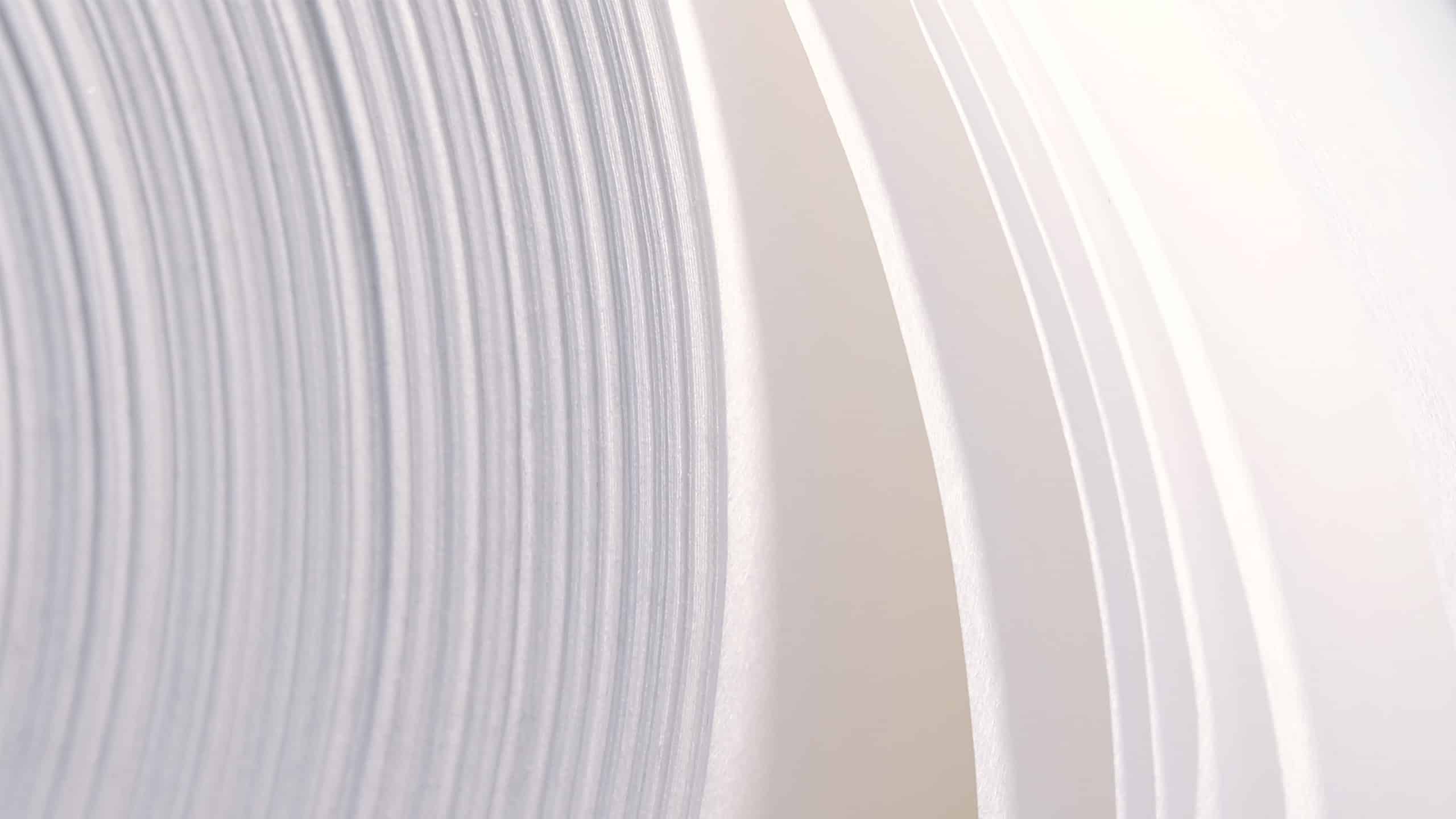How does Paptic® make hygiene packaging more sustainable?

Understanding Responsible Forestry
Responsible forestry is a cornerstone of sustainable packaging, emphasizing the need to source fibres from forests that are managed with environmental, social, and economic considerations. According to the Confederation of European Paper Industries (CEPI), these forests are not only replanted after logging but are also maintained to support biodiversity, protect water quality, and provide local communities with economic opportunities. Sustainable forest management ensures that the ecological balance is maintained while meeting the needs of present and future generations.
The importance of responsible forestry cannot be overstated. CEPI highlights its role in mitigating climate change by maintaining the carbon-absorbing capacity of forests, supporting the global commitment to halting deforestation. However, ensuring that fibres are sourced sustainably presents several challenges. Comprehensive tracking systems and certifications, such as those provided by the Forest Stewardship Council (FSC), are essential to verify that wood products come from responsibly managed forests. Not all forests are managed sustainably, which poses a risk to the environment and the credibility of companies using these fibres.
Unique Properties of Paptic’s Fibre-Based Materials
Paptic’s fibre-based materials stand out due to their unique combination of characteristics that contribute significantly to sustainability. These materials offer the durability of plastic, the flexibility of textiles, and the recyclability of paper, providing a versatile and environmentally friendly alternative to traditional packaging options. The durability of Paptic’s materials ensures that they can withstand the rigors of transport and handling, reducing the need for additional protective layers and minimizing waste.
Flexibility is another key advantage of Paptic’s materials, allowing them to be used in a variety of packaging applications such as hygiene packaging, bags, and pouches. This adaptability means that they can serve as a drop-in replacement for plastic packaging without the need for significant changes to existing packaging lines. Additionally, Paptic’s materials are recyclable, supporting circular economy principles and reducing the environmental footprint of packaging waste. These properties collectively make Paptic’s materials an innovative solution in the realm of sustainable packaging.
The Environmental Benefits of Paptic Packaging
Using Paptic for hygiene packaging offers several environmental benefits that set it apart from conventional packaging solutions. By replacing plastics with Paptic’s fibre-based materials, companies can significantly decrease their reliance on non-renewable resources and contribute to the reduction of plastic pollution, a point reinforced by the European Environment Agency’s analysis of waste management strategies. This aligns with the increasing consumer demand for sustainable and eco-friendly packaging options.
Another significant environmental benefit is the recyclability of Paptic materials. They can be recycled alongside packaging papers and cardboard, ensuring that the materials are kept in use and out of landfills, as emphasized by the principles of a circular economy. Furthermore, Paptic’s materials are lightweight, which reduces the carbon footprint associated with transportation. By requiring fewer resources to produce and transport, Paptic packaging offers a sustainable alternative that doesn’t compromise on performance.
Challenges in Sustainable Packaging
Creating sustainable packaging solutions is not without its challenges. One of the most significant hurdles is the need to balance environmental sustainability with practical usability and cost-effectiveness. Many sustainable materials struggle to match the performance characteristics of traditional plastics, such as durability and moisture resistance. Additionally, there is often a higher upfront cost associated with developing and implementing sustainable packaging solutions.
Paptic navigates these challenges by leveraging its innovative fibre-based materials, which offer a unique combination of strength, flexibility, and recyclability. This allows us to provide a sustainable packaging solution that does not compromise on quality or performance. Our approach is distinct in that it integrates seamlessly with existing packaging lines, offering an easy transition from plastic to sustainable alternatives. By focusing on these key areas, we are able to overcome the common barriers to sustainable packaging and provide solutions that are both environmentally friendly and commercially viable.
Paptic’s Commitment to Sustainability
Our commitment to sustainability is deeply integrated into our operations and product development processes. We are dedicated to reducing environmental impact by offering packaging solutions that are both innovative and sustainable. Our use of renewable wood fibres from responsibly managed forests, as advocated by CEPI, underscores our commitment to sustainable sourcing, while our focus on recyclability ensures that our materials contribute to a circular economy.
We continuously strive to minimize waste and reduce our carbon footprint, not only through our products but also through our manufacturing processes and supply chain management. Our approach to sustainability is holistic, considering every aspect of our operations and actively seeking ways to improve. This dedication to environmental responsibility is central to our mission, as we aim to provide packaging solutions that align with the values and expectations of environmentally conscious consumers and businesses alike.
